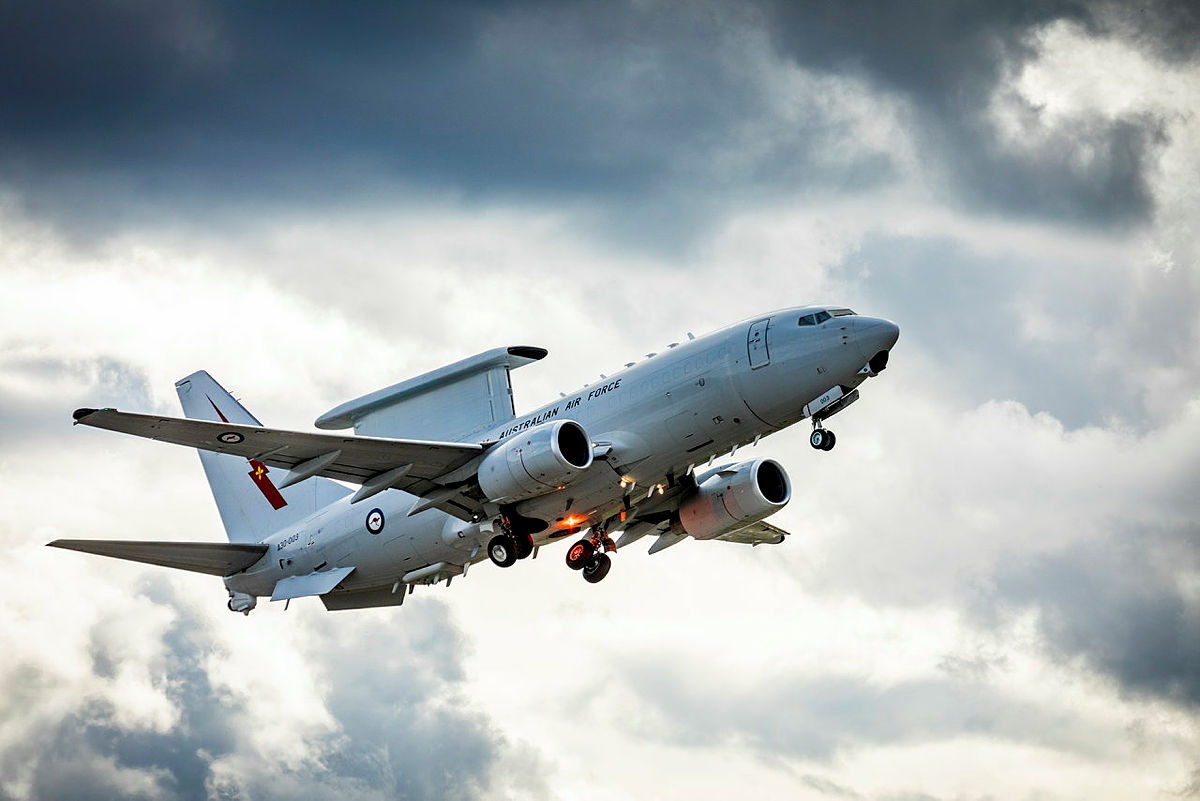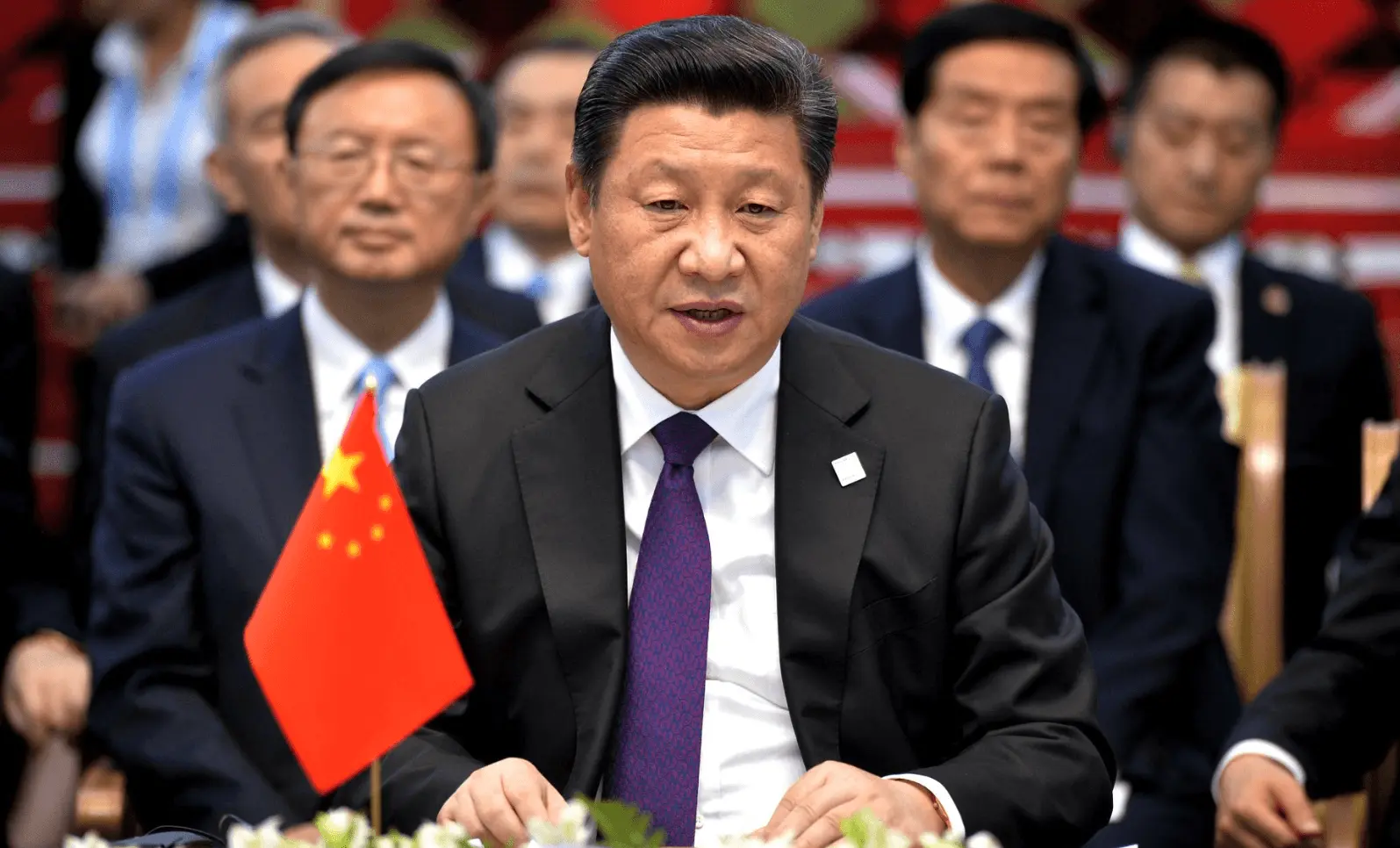The five-domains update
THE STRATEGIST
An Astute-class submarine from the UK’s carrier strike group has docked at HMAS Stirling naval base in Perth, giving Australian naval personnel an opportunity to observe its capabilities. It’s the first Royal Navy nuclear-powered submarine to dock in Australia since the AUKUS agreement and Australia’s planned acquisition of nuclear submarines were announced in September. The Astute class is the UK’s largest and most advanced submarine and is a potential model for Australia’s, though at the moment the frontrunner looks to be the US Virginia class.
In a new report, ASPI’s Marcus Hellyer argues that Australia’s naval acquisition strategy should include additional Hobart-class air warfare destroyers to address significant imminent capability gaps. Hellyer argues that the destroyers, which have a mature design and well-understood building processes, could be built in South Australia and delivered faster than the Hunter-class frigates, the first of which is not due until 2033. This approach could generate thousands of skilled jobs in South Australia following the cancellation of the Naval Group submarine deal, while augmenting Australia’s anti-submarine capability sooner.
Flight path
In the span of a week, two major Chinese aircraft developments were leaked on social media. The first consisted of images of a two-seater version of the Chengdu J-20, which could make China the first country to develop a two-seat stealth fighter. A few days later, a second leak displayed a carrier-compatible prototype of the Shenyang FC-31—potentially the first carrier-capable stealth fighter developed outside the US. While not yet officially confirmed, these technological developments only amplify US concerns surrounding China’s rapidly expanding military capability.
The US Air Force is looking to acquire the Boeing E-7A Wedgetail to replace its ageing E-3 Sentry fleet. Originally designed for the Royal Australian Air Force in 1999, the E-7A is an airborne early warning and control aircraft based on the Boeing 737. It’s lighter and more advanced than the 707-based E-3, the USAF’s second oldest aircraft after the B-52. Other countries that currently fly the Wedgetail are Turkey and South Korea, and the UK expects to have them in service by 2023.
Rapid fire
Satellite photos have revealed a renewed expansion of Russian forces on the Ukrainian border, similar to the 100,000-strong build-up earlier this year. Janes has confirmed that Russia’s 4th tank division and parts of the 1st Guards Tank Army—both equipped with T-80U tanks and self-propelled artillery—have taken positions along both the Ukrainian and Belarusian borders. Meanwhile, state-controlled gas company Gazprom halved its supply to Ukraine starting on Monday. The movements follow US Defense Secretary Lloyd Austin’s visits to Ukraine and Georgia, where the possibilities of both countries joining NATO were discussed, infuriating Moscow.
US special forces have taken part in an exercise to destroy simulated Russian air defence systems, as the US Army goes through a reconceptualisation of special operations to focus on ‘hard target’ and ‘near-peer adversaries such as Russia or China’. The exercise involved mock launchers that can mimic the physical and radar signatures of Russian defence systems. Such drills are important as the US moves from decades of counterterrorism operations in ‘permissive airspace’ to supporting large-scale and high-end operations against major adversaries.
Final frontier
Recent reporting by the Financial Times has suggested that China launched a nuclear-capable hypersonic missile in August, raising concerns for US policymakers about China’s advancing military modernisation. A policy brief published by the Asia–Pacific Leadership Network for Nuclear Non-Proliferation and Disarmament argues that the danger has been overstated, as it’s likely China tested an orbital bombardment system which is not an indication of a step-up in China’s nuclear power. The brief stresses the need for better international agreements and more frequent dialogue on space security.
Experts have proposed that US space systems be classified as critical infrastructure so that they’re prioritised to receive greater protection against cyberattacks. US space technologies aren’t replicated in other sectors and play a significant role in preserving US national security interests, but they’re poorly protected against cyberattacks. If passed by Congress, the Space Infrastructure Act, introduced in June 2020, will designate space systems as critical infrastructure, qualifying them for protection.
Wired watchtower
Last week, Papua New Guinea’s Finance Ministry was hit by a ransomware attack that blocked the government’s access to foreign aid totalling hundreds of millions of dollars. Finance Minister John Pundari said the government had refused to pay the requested sum. Although the systems are now fully restored, the attack has exposed PNG’s ongoing cyber vulnerabilities and financial reliance on development partners. Last year, an Australian report exposed how the Chinese-owned Huawei data centre in PNG had exposed secret documents to theft.
India’s Supreme Court has ordered an inquiry into whether the government used Pegasus surveillance software to illegally spy on activists, opposition leaders and journalists by covertly accessing the cameras and microphones on their smartphones. The decision was in response to allegations by several prominent journalists and activists that they had been under government surveillance. The judges noted the implications for political and press freedoms, declaring that an independent inquiry was needed to ‘determine the truth and get to the bottom of the issue’.
The original article can be found in full here.
Image: Department of Defence.




